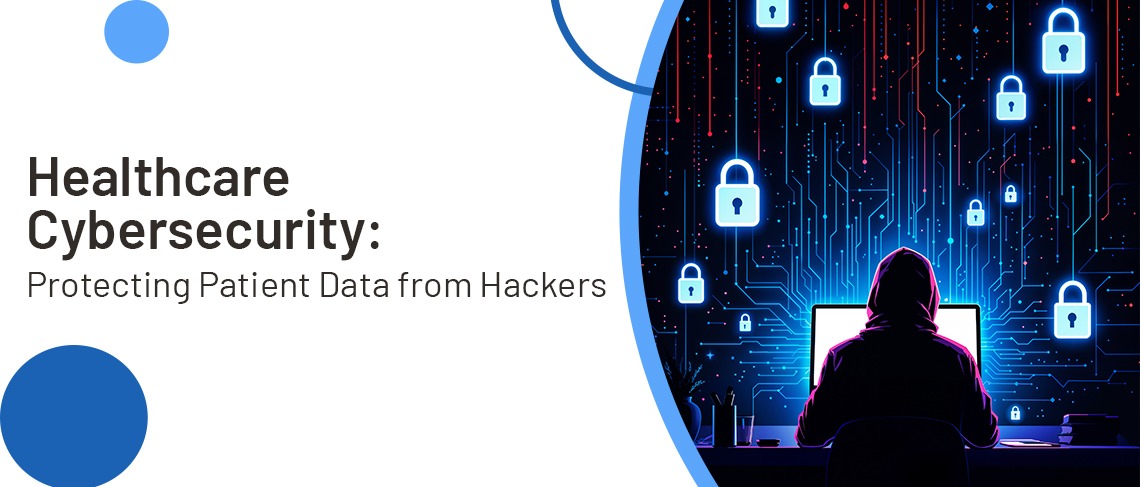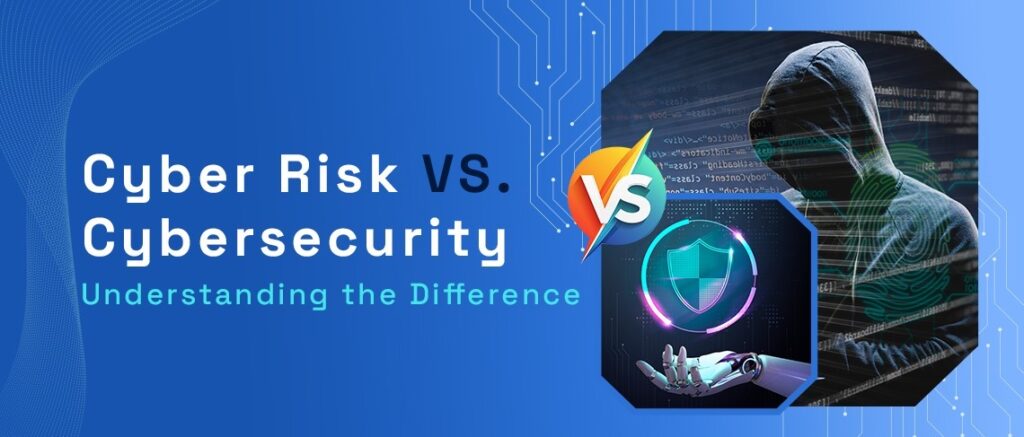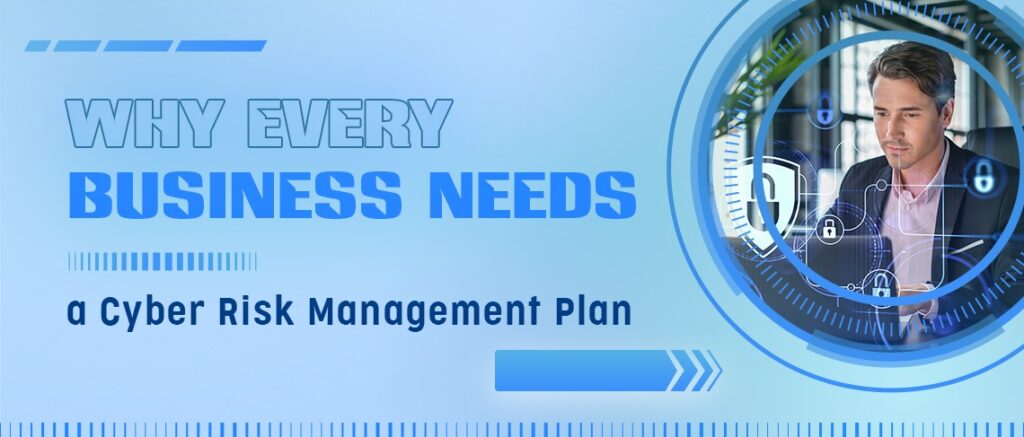Cybersecurity is not just a sectoral task; it is a important difficulty for the healthcare enterprise. With the digitization of affected person data and the adoption of technologies like IoT and telehealth, healthcare providers are greater connected than ever—but this connectivity has made them top targets for cyberattacks.
This weblog explores the developing cybersecurity threats in healthcare, breaks down the types of cyberattacks that have an effect on affected person statistics, and gives actionable insights to defend touchy statistics from hackers. Whether you’re a healthcare provider, IT professional, or cybersecurity expert, right here’s what you want to know to stay one step beforehand.
The Growing Threat of Cyberattacks in Healthcare
The healthcare industry has seen a troubling rise in cyberattacks over the past decade. Data breaches in healthcare accounted for over 40% of reported cyber incidents in 2022, a number significantly higher than most other industries. Hospitals, clinics, and other medical providers are targeted for one key reason: the value of patient data.
Unlike credit card information that becomes worthless after being canceled, stolen healthcare records can result in long-term fraud such as fake insurance claims and identity theft. The financial and operational impact of a healthcare data breach can also be crippling. Ransomware attacks alone cost hospitals billions each year in downtime, legal fees, and lost revenue.
The question is not if an organization will face cyber threats, however whilst.
Understanding the Types of Cyber Threats
To build a robust defense, healthcare vendors should first understand the important thing threats they face. Here are the maximum regularly occurring forms of cyberattacks within the clinical field:
- Ransomware Attacks
Ransomware is the primary threat to healthcare cybersecurity. Hackers infiltrate systems, encrypt critical files, and call for price, regularly in cryptocurrency, to unlock them. Entire health facility networks were brought to a halt, delaying affected person care and surgical procedures. - Phishing Scams
Phishing schemes target employees via fake emails that look valid. Clicking a malicious link or downloading an attachment can deliver hackers entry to to non-public structures, mainly to compromise affected person statistics. - Unauthorized Access
Insider threats, both due to negligence or malicious purposes, pose specific demanding situations to healthcare corporations. Staff with needless device permissions or weak passwords can also inadvertently open doorways for attackers. - IoT Vulnerabilities
From related diagnostic tools to wearable fitness devices, the Internet of Things (IoT) has revolutionized healthcare. However, many IoT devices come with outdated or susceptible security, leaving endpoints vulnerable to hackers.
Five. Cloud Data Risks
With healthcare vendors transferring to cloud garage for scalability, negative configuration or 0.33-celebration vulnerabilities can reveal affected person documents to unauthorized get right of entry to.
Regulatory Compliance: HIPAA and Data Protection
Compliance with regulatory requirements isn’t just a felony duty; it’s the backbone of healthcare cybersecurity. The Health Insurance Portability and Accountability Act (HIPAA) calls for healthcare companies to protect patient statistics through comprehensive privacy and protection rules. Here’s a quick breakdown:
• Privacy Rule: Dictates how Protected Health Information (PHI) is used and disclosed. PHI includes medical histories, take look at effects, and demographic details.
• Security Rule: Covers the technical, administrative, and bodily measures required to secure digital PHI (ePHI).
• Breach Notification Rule: Requires companies to report breaches to sufferers and the U.S. Department of Health
Globally, healthcare companies need to not forget regulations like GDPR in Europe and PIPEDA in Canada in the event that they deal with move-border patient statistics. Any misstep in compliance cannot only bring about massive fines but also harm agree with with sufferers.
Best Practices for Healthcare Cybersecurity
You can’t take away all cybersecurity dangers, however, you may notably reduce vulnerabilities via the following key pleasant practices:
- Build an End-to-End Security Framework
Implement a holistic cybersecurity strategy overlaying records encryption, multi-issue authentication (MFA), and superior firewalls. - Train Employees Regularly
Human errors are a leading cause of cybersecurity incidents. Educate personnel individuals to identify phishing emails, control passwords securely, and comply with get entry to manipulate guidelines. - Conduct Routine Risk Assessments
Regularly audit devices, software, and structures to identify susceptible factors earlier than attackers do. Use penetration checking out to simulate real-global cyberattacks. - Secure IoT Devices
Keep IoT firmware up to date, limit connectivity to vital devices, and isolate fitness IoT networks from critical internal systems. - Invest in AI and Threat Detection Tools
Modern AI-based gear can robotically come across unusual hobbies in your community, flag vulnerabilities, and help a faster incident response. - Third-Party Vendor Management
If you deal with outside software carriers or cloud services, make certain that those companies adhere to strict security protocols and follow your healthcare regulatory standards.
Incident Response and Recovery Strategies
Even with excellent preventive measures, breaches can nevertheless show up. That’s why having a strong incident reaction plan (IRP) is non-negotiable. Here’s what to encompass to your IRP:
• Designate a Cybersecurity Team: Include I
• Back-up Up Data: Maintain ordinary, encrypted backups of all sensitive documents so operations can continue during device downtime.
• Document and Learn: Keep targeted statistics of breaches and use them to replace protection protocols.
• Communicate Effectively: Patients, body of workers, and regulatory companies need to be informed directly in the occasion of a breach.
Proactive healing minimizes long-term harm and demonstrates your organization’s dedication to protecting the affected person’s welfare.
The Future of Healthcare Cybersecurity
Innovation inside the cybersecurity landscape is speedily catching up to the threats concentrated on healthcare. While dangers keep growing, promising tendencies and emerging technology are paving the way for a safer future:
• Zero Trust Architecture: This framework assumes no consumer or device is depended on with the aid of default, proscribing access to resources based on persistent verification.
• Blockchain for Medical Records: Blockchain’s decentralized ledger might also provide exceptional safety for patient records.
• AI-Driven Risk Management: Comprehensive tools using AI should expect breaches before they take place and automate mitigation strategies.
• Integration of Cybersecurity Insurance: Many healthcare corporations are turning to insurance answers tailor-made for records breaches.
Organizations that adopt current approaches to cybersecurity will stay ahead of increasingly sophisticated threats.
Prioritizing Patient Data Protection
Healthcare companies deliver the weighty duty of now not simply turning in super affected person care but additionally shielding the touchy records entrusted to them. From ransomware attacks to regulatory compliance, every clinic, medical institution, and clinical exercise ought to prioritize cybersecurity efforts.
Building a culture of security, schooling personnel, and investing in superior gear aren’t just non-obligatory steps; they are important. For IT professionals, cybersecurity specialists, and directors, the road to more potent protections starts with taking motion these days.
Are you prepared to make stronger your healthcare enterprise against cyberattacks? Start enforcing those practices these days to secure your statistics and ensure affected person agree with Zelartrust.
If you required cybersecurity advisory services UAE, connect Zelartrust.



